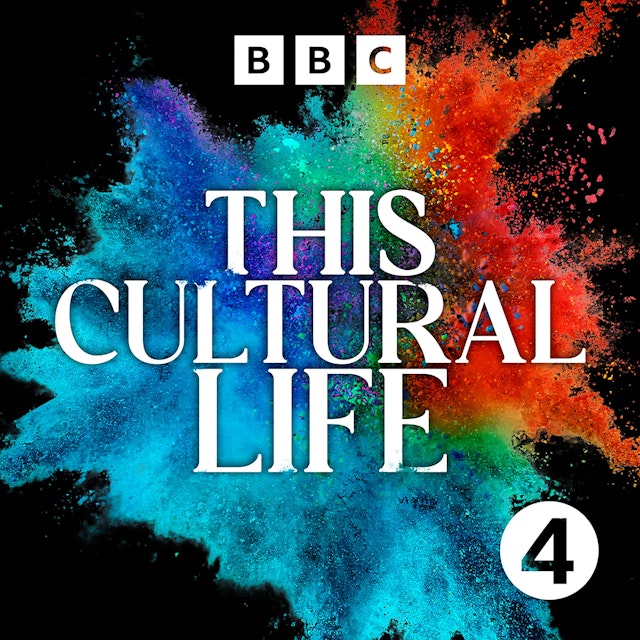One of the world’s most acclaimed ceramicists, Edmund de Waal is renowned for simple, hand-made porcelain pots and bowls which are usually displayed in meticulously arranged groups. His work has been shown in museums and galleries including the V&A, the British Museum, the Frick in New York, and at the Venice Biennale. In 2010 Edmund de Waal became widely known as a bestselling author, after the publication of his family memoir The Hare With Amber Eyes which retraced his Jewish European heritage. A dramatic and tragic story about art, exile and survival, it led him on a journey from Tokyo to Odessa via 19th century Paris and Nazi occupied Vienna.
On This Cultural Life, Edmund de Waal tells John Wilson about being taken to a pottery class at the age of five by his father, an Anglican cleric who worked at Lincoln Cathedral. He immediately fell in love with the process of moulding wet clay into vessels and was determined to become a potter. After leaving school he spent five months in Japan studying the ancient traditions of pottery with various master ceramicists. He remembers how a visit to the Ryoan-ji Temple in Kyoto had a huge impact on his understanding of space, contemplation and spirituality. During his first visit to Japan he also met his great uncle Ignatius Ephrussi from whom Edmund first learned about his European Jewish heritage, his family’s exile from Vienna in the face of Nazi terror, and the collection of small Japanese figurines, known as netsuke, whose story was told in The Hare With Amber Eyes.
Edmund chooses the ceramicist Lucie Rie, another Viennese exile in London, as a major influence on his practise. He describes his working routine in the ceramics studio, and how his pots are often made in response to poetry, citing the work of Romanian-born Paul Celan an American poet Emily Dickinson as particular influences.
Producer: Edwina Pitman
The podcast This Cultural Life is embedded on this page from an open RSS feed. All files, descriptions, artwork and other metadata from the RSS-feed is the property of the podcast owner and not affiliated with or validated by Podplay.
